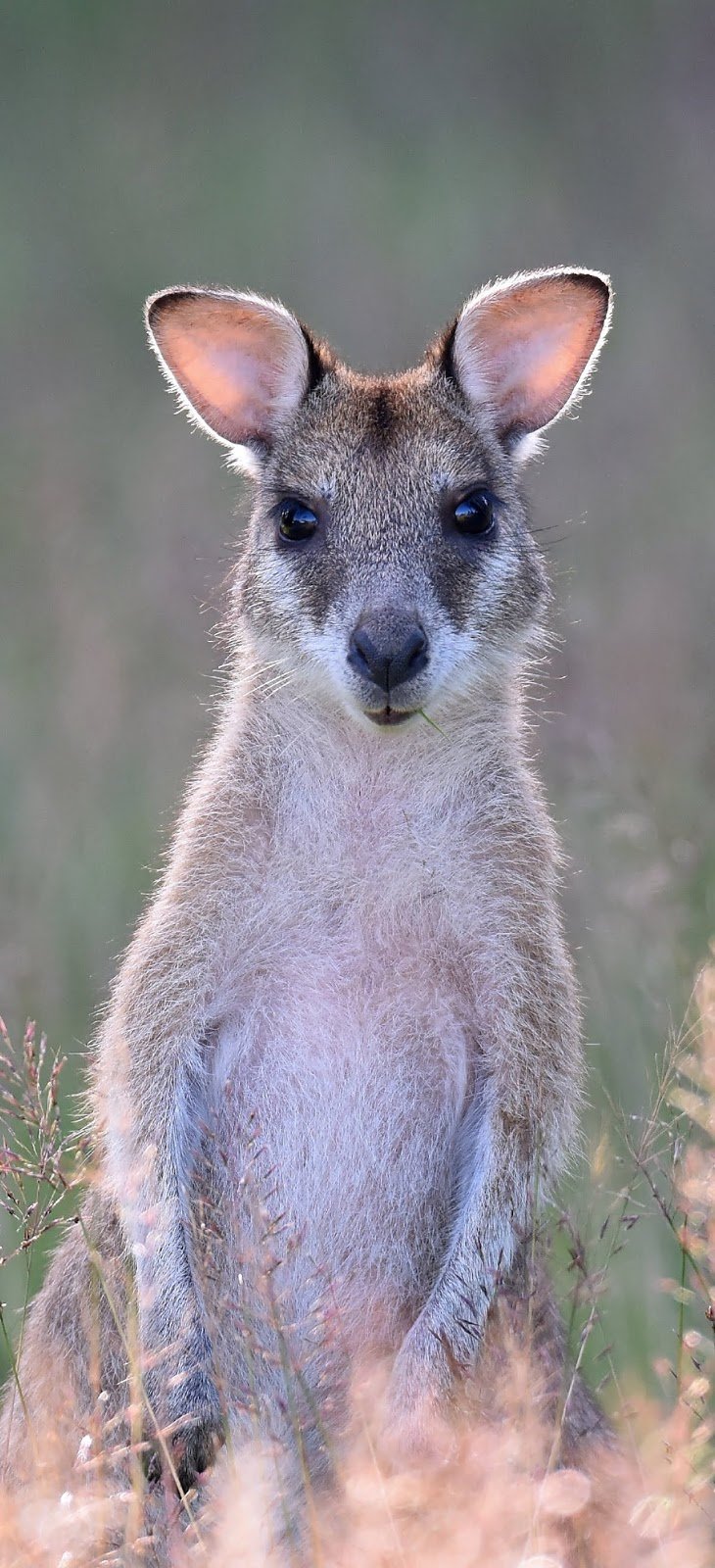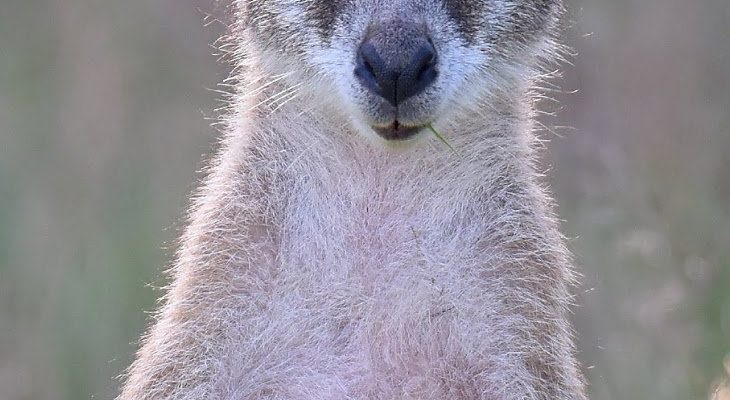
Imagine being a wallaby mom. It’s not just about keeping your little one safe; it’s about teaching them everything they need to know in a sometimes harsh environment. The way they care for their young—through nurturing, protection, and gradual independence—can teach us a lot about the wonders of the animal kingdom. Let me explain how wallabies, with their pouch and maternal instincts, manage to raise their joeys in the wild.
The Wallaby Life Cycle: From Joey to Independence
Wallabies have a fascinating life cycle that starts with tiny, vulnerable joeys. After a brief gestation of about 30 to 40 days, a joey is born. This newborn is incredibly small—about the size of a jellybean! It then crawls into its mother’s pouch, where it will continue to grow.
In the pouch, the joey feeds on its mother’s milk and slowly develops. This stage is crucial. During these early days, the joey relies entirely on its mother for nutrition and safety. It’s a cozy, snug environment that provides all the essentials for growth and development. You could say it’s like being in a warm, protective bubble.
As they grow, the joey begins to peek out of the pouch, curious about the world. This is when they start learning vital skills. Mom will often expose her little one to different environments, teaching them how to find food and recognize predators. It’s a gradual process, like handing over the keys to the car—she knows they’re not ready for full independence just yet.
The Importance of the Pouch
The pouch is a hallmark of marsupials, and wallabies are no exception. It’s not just a cute feature; it’s a life-saving necessity. The pouch protects the joey from environmental dangers, predators, and harsh weather. Inside, it’s warm and safe—a perfect spot for a baby wallaby to thrive.
Mothers have muscular flaps that can close tightly around the pouch, ensuring the joey stays secure while they hop around. As the joey grows and becomes more adventurous, you might see it sticking its head out for a better view. This is the wallaby mom’s way of gradually exposing her young to the outside world while still keeping them safe.
Interestingly, the pouch also adapts to the needs of the growing joey. The milk composition changes as the joey develops, providing the right nutrients at each stage. It’s like having a built-in cafeteria that switches menus as needed. This ability to cater to the joey’s needs is critical for its growth.
Feeding and Foraging Together
As the joey matures and leaves the pouch more frequently, foraging for food becomes part of their daily routine. Wallabies are herbivores, munching on various plants, grasses, and leaves. Spending time together in the wild, the mother wallaby teaches her young how to identify safe food sources.
During these foraging outings, the mother demonstrates how to graze effectively. Her calm demeanor reassures the joey, who learns to mimic her actions. This is where the experience truly matters. The mother wallaby watches for predators while guiding her young one. It’s a team effort that develops trust and confidence in the joey.
Over time, the joey learns to forage independently. They might initially rely on their mother’s presence for safety but gradually build the skills they need to thrive on their own. Just like kids growing up, they need that gentle encouragement to step out into the world.
Protection from Predators
In the wild, wallabies face threats from various predators, including dingoes, eagles, and humans. Protecting their young is a full-time job for wallaby mothers. Not only do they keep a watchful eye on their surroundings, but they also employ clever tactics to keep their joeys safe.
When sensing danger, a mother wallaby will often make a quick escape, leading her young back to safety. This flight response is instinctual and critical. Sometimes, she may even freeze, staying still to blend in with her surroundings while her joey hides. It’s a survival strategy that has worked wonders in the animal world.
In addition, wallaby mothers teach their young how to recognize potential threats. They’ll exhibit body language that signals when it’s time to be on high alert. This early education helps the joey develop instincts that will be essential for survival as they mature.
The Transition to Independence
Eventually, the time comes for the joey to venture out on its own. This transition can be bittersweet for both mother and offspring. The young wallaby typically becomes fully independent around six to twelve months old. It’s a gradual process where the mother encourages her joey to explore and test their boundaries.
During this time, a mother wallaby remains close by, watching and supporting from a distance. She may even allow the joey to return to the pouch for safety if the encounter becomes overwhelming. This balance of independence and safety is critical for developing skills and confidence.
Interestingly, some joeys may even stay close to their mothers for an extended period, forging a strong bond that lasts. Trust and companionship are important aspects of their relationship, which can later influence how they interact with others in their environment.
The Importance of Social Learning
Wallabies are social creatures, and the learning process doesn’t stop with their mothers. Once joeys are ready to roam, they often interact with other wallabies in their group. This social learning is vital for their development. They pick up behaviors, communication signals, and even grooming habits from their peers.
Being part of a group offers a sense of security. When they see other wallabies foraging or playing, it helps the young ones better navigate their environment. It’s like joining a community where everyone contributes to each other’s growth.
In addition, social interactions can provide learning opportunities around conflict resolution and hierarchy. Young wallabies observe how adults interact with one another, helping them understand their place in the group. This exposure is crucial for their overall development into well-rounded wallabies.
Wallabies raise their young with incredible care and dedication, showcasing the beauty of nature’s nurturing spirit. From the cozy confines of the pouch to the learning experiences shared in the wild, every step of a wallaby’s development is vital. It’s a gentle reminder of the challenges and joys of parenting, whether in the animal kingdom or our own lives.
Ultimately, the bond between a wallaby mother and her joey highlights the importance of family connections in nature. As these little ones grow into independent wallabies, they not only carry the skills their mothers imparted but also the lessons of survival and social interaction. It’s a heartwarming cycle of growth and resilience that reminds us of our own journeys in the wild.

